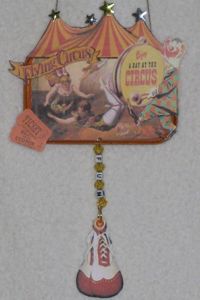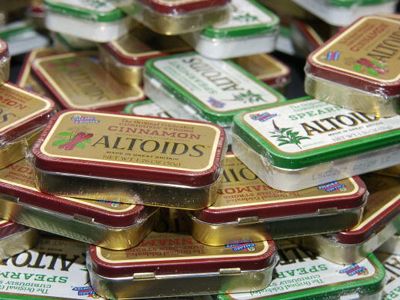Classic oil-painted canvas may be what many people think of when they think of art, but it comes in all shapes and sizes, and artists can use a range of materials for their medium. Sculptors use clay, metal, wood, plastic, glass or stone, just to name a few. Major art installations can take up city blocks. In the case of the Guggenheim Museum in New York, the building itself, designed by architect Frank Lloyd Wright, is part of the art. Some artists only work with shadow and light, bounced off a white wall. You can't leave out the sketch pad, performance art, murals or graffiti art. And this is only the tip of the art iceberg.
There's another kind of artist that uses found or acquired objects as inspiration. An old television set is repurposed and becomes a piece of artwork; discarded soda bottles are configured to form a giant mosaic. Another name for this kind of art is "altered or recycled" art. This is what Michigan artist Karen Burene calls her unique style of art. Burene, under her Chaotic Artworks banner, uses discarded Altoids breath mint tins to make small shadow boxes. Shadow boxes can mean a couple of things. Many shadow boxes are shallow wooden squares that are used to protect and display something -- military metals, flags, keepsakes and the like. Shadow boxes can also showcase art, and are actually part of the piece. If you remember back to elementary school, you probably made a shadow box or two in art class using a shoe box to depict a scene. These beauties were usually made with crayons, paper and a few dozen stray pieces of dry macaroni.
Advertisement
Burene's Altoids tin shadow boxes fall into the art category. She sells her tiny pieces online, but after HowStuffWorks interviewed her for this article, it's clear that hers is a labor of love. Online sales allow her to keep the operation small and fun, and she's now a part of a larger group of "tinnovators" who repurpose Altoids tins into everything from belt buckles to custom pill boxes. As it turns out, the tin for the "curiously strong mint" has something of a cult following. Even non-artists tend to save the small metal tins, mainly because of their usefulness. As Burene puts it, "They're sturdy and the perfect size for storing small items. That makes them difficult to throw away."


